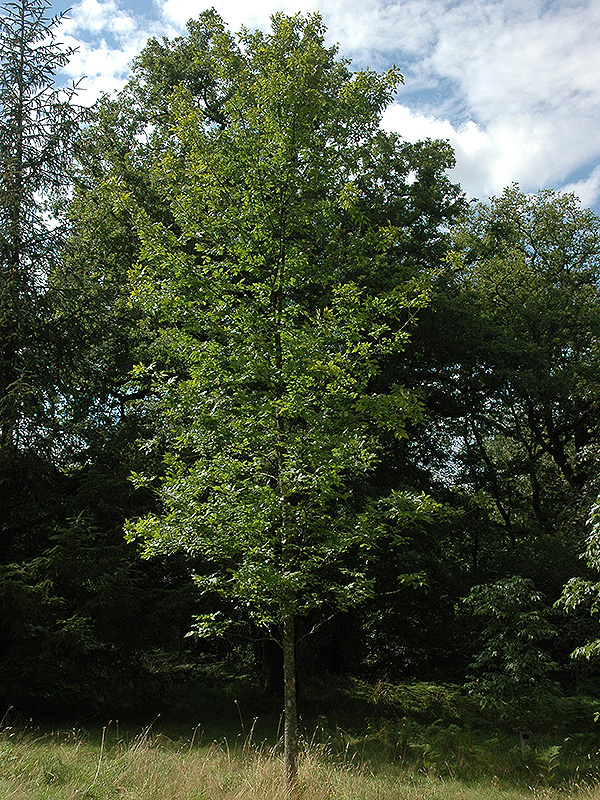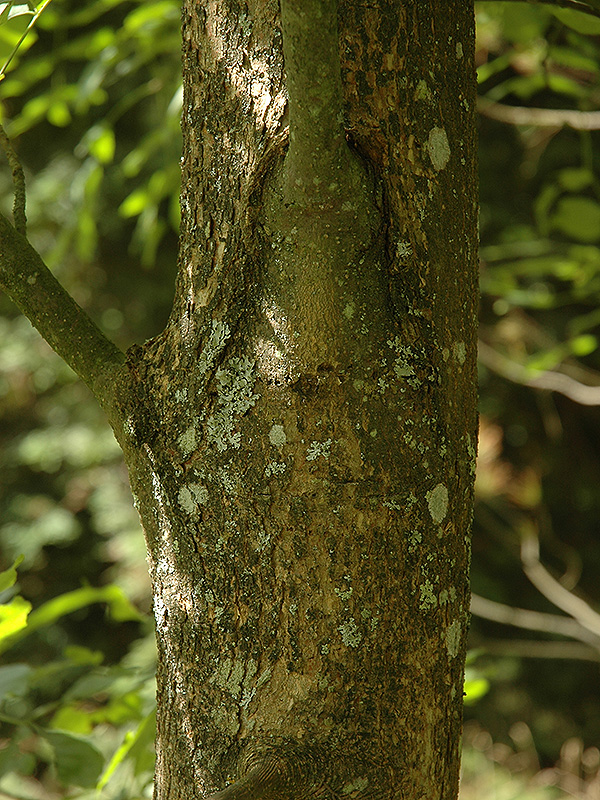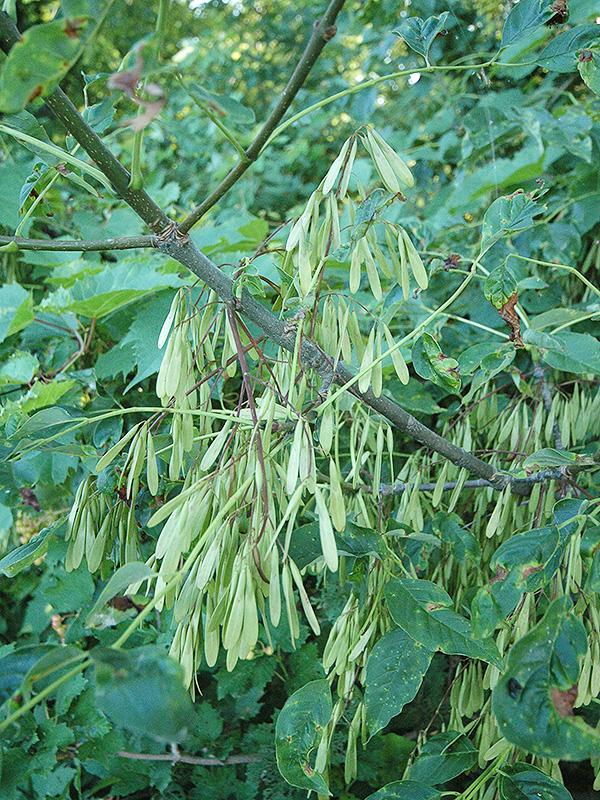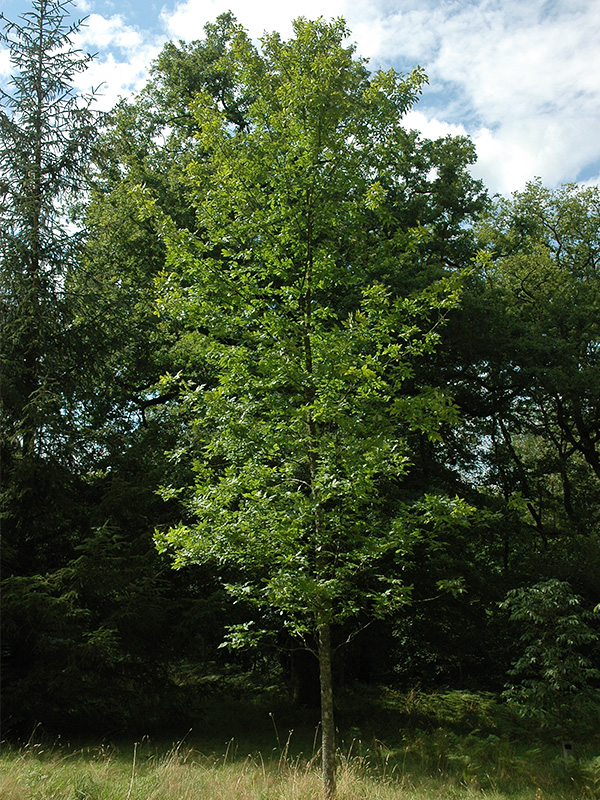
Woody > Fraxinus > Fraxinus pennsylvanica > Fraxinus pennsylvanica
Fraxinus pennsylvanica
Green Ash
Origin: Introduced into cultivation in 1824.
| Family |
| Oleaceae |
| Genus |
| Fraxinus |
| Species |
| pennsylvanica |
| Category |
| Woody |
| Type |
| Tree (deciduous) |
| Pronunciation |
| USDA Hardiness Zone |
| 3 - 9 |
| Canadian Hardiness Zone |
| 1a |
| RHS Hardiness Zone |
| H7 - H3 |
| Temperature (°C) |
| (-37) - (-1) |
| Temperature (°F) |
| (-35) - 30 |
| Height |
| 15-21 m |
| Spread |
| 10-15 m |
Photographs
Description and Growing Information
Flowering Period
| General Description |
| Adaptable, a very common tree often used for street, lawn and commercial areas. Its hairy branchlets distinguishes it from its close relative, F. Americana. Its wood is very strong and commonly used in manufacturing tool handles in North America. |
| Landscape |
| Most commonly used for street tree planting, lawns, commercial areas, parks, golf courses, and about anywhere you can think of. In a way, this tree has been overplanted because of its adaptability, but is now susceptible to the emerald ash borer. |
| Cultivation |
| Medium wet, well drained soils in full sun. |
| Shape |
| Upright, rounded. |
| Growth |
| Fast |
| ID Characteristic |
| Softly pyramidal when young, developing an upright-spreading habit at maturity with 3 to 5 main branches. |
| Pests |
| Leaf spot, leaf rust, cankers, carpenter worm, lilac borer, fall webworm, ash flower gall and brown-headed ash sawfly. Emerald Ash Borer is now a major pest. May be susceptible to ash dieback (Charlara fraxinea). |
| Habitat |
| Nova Scotia to Minnesota, south to Northern Florida and Texas. |
| Bark/Stem Description |
| Ash grey to grey brown. |
| Flower/Leaf Bud Description |
| Dark rusty brown, wooly and set above the leaf scar. |
| Leaf Description |
| Opposite, pinnately compound, 5 to 9 leaflets and up to 30 cm long. Acuminate, narrow to broadly-cuneate, lustrous medium to dark green and essentially glabrous above, light green and pubescent beneath. |
| Flower Description |
| Dioecious, usually unisexual, apetalous, calyx minute, corolla absent, green to purple in colour. |
| Fruit Description |
| A winged samara, 2.5 - 5 cm long, with the wings extending half way or more down the cylindrical body. |
| Colour Description |
| Leaves are a shiny medium to dark green in the summer, changing to yellow in autumn. |
| Texture Description |
| Medium in leaf, quite coarse in winter because of lack of lateral branches. |
| Propagation |
| Seed requires warm (20°C), moist stratification for 60 days followed by 120 days at 5°C. |




